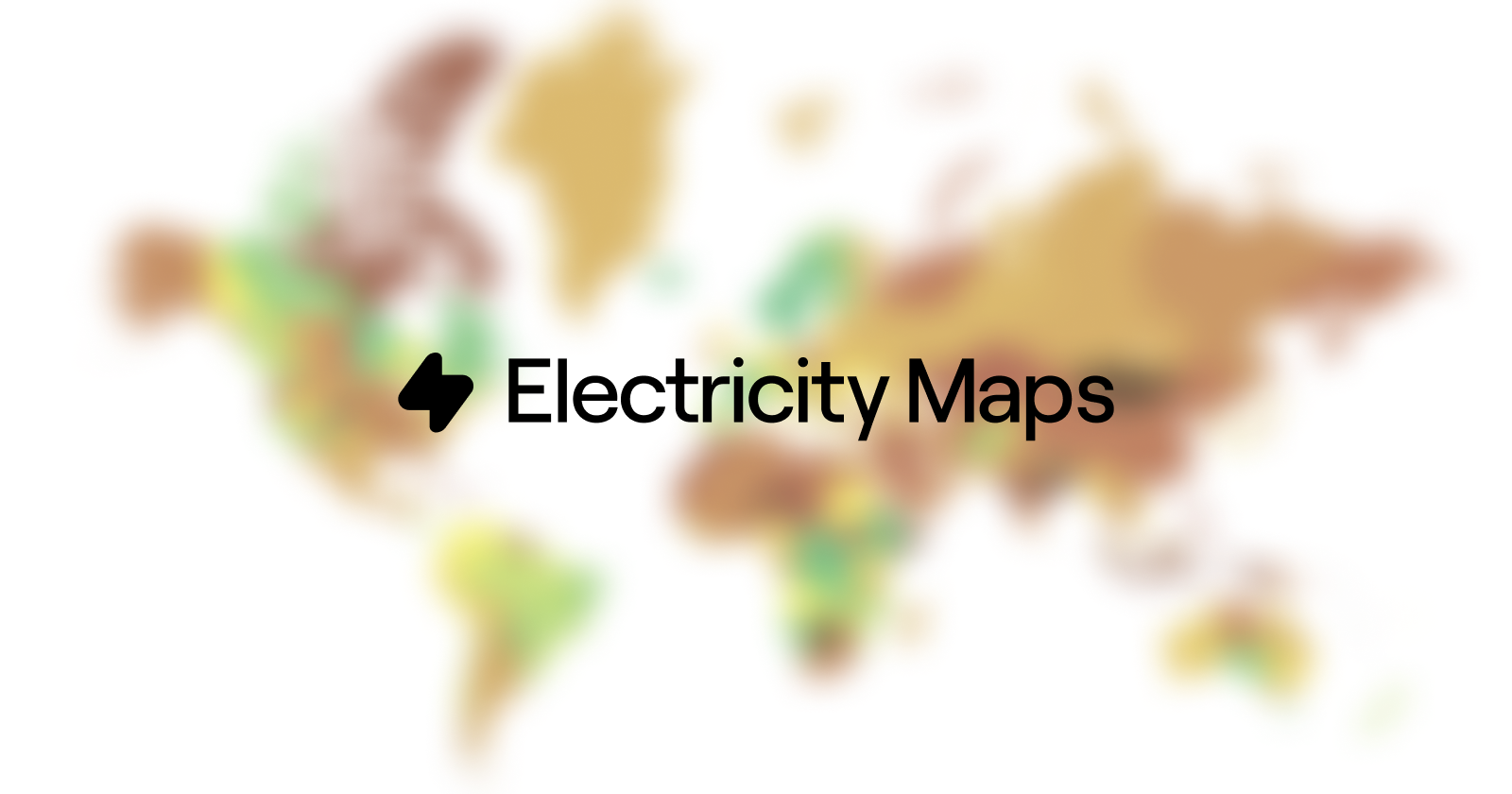OVERKILL
$100 Site Donor 2021
Historically, the ElectricityMap app has used IPCC emissions intensity data for their figures. This is of course not regional in nature and averages everything globally.
As we know, different power plants of the same type have different emissions. Lignite is more emissions intense than anthracite for example. CCGT's are lower emissions than OCGT's, a nuclear plant with a fully domestic supply chain is lower emissions than one that imports fuel from Russia.
So, they are making efforts to use localized data, where available, to properly represent the emissions in their charts.
The results? striking.
Germany is now hideous, and it was already bad:

In comparison, this is from before the update:

This impacts the US figures as well:

Canada is still using the IPCC figures, but hopefully we'll get some more local figures shortly. IPCC lifecycle for nuclear is 12gCO2/kWh, but CANDU is actually 3.2 (no enrichment, domestic uranium and fuel fab powered by nuclear/hydro).
You can explore the update in more detail on their blog:
.png)
 www.electricitymaps.com
www.electricitymaps.com
Or, if you just want to see the site:

 app.electricitymaps.com
app.electricitymaps.com
As we know, different power plants of the same type have different emissions. Lignite is more emissions intense than anthracite for example. CCGT's are lower emissions than OCGT's, a nuclear plant with a fully domestic supply chain is lower emissions than one that imports fuel from Russia.
So, they are making efforts to use localized data, where available, to properly represent the emissions in their charts.
The results? striking.
Germany is now hideous, and it was already bad:
In comparison, this is from before the update:
This impacts the US figures as well:
Canada is still using the IPCC figures, but hopefully we'll get some more local figures shortly. IPCC lifecycle for nuclear is 12gCO2/kWh, but CANDU is actually 3.2 (no enrichment, domestic uranium and fuel fab powered by nuclear/hydro).
You can explore the update in more detail on their blog:
.png)
Increasing the precision of our data using regional emission factors
Today, we’re launching a new improvement to Electricity Maps which will improve the precision of our carbon emission data. Learn more about regional emissions, and the methodology behind it, in this blog post:
Or, if you just want to see the site:

Live 24/7 CO₂ emissions of electricity consumption
Electricity Maps is a live 24/7 visualization of where your electricity comes from and how much CO2 was emitted to produce it.
